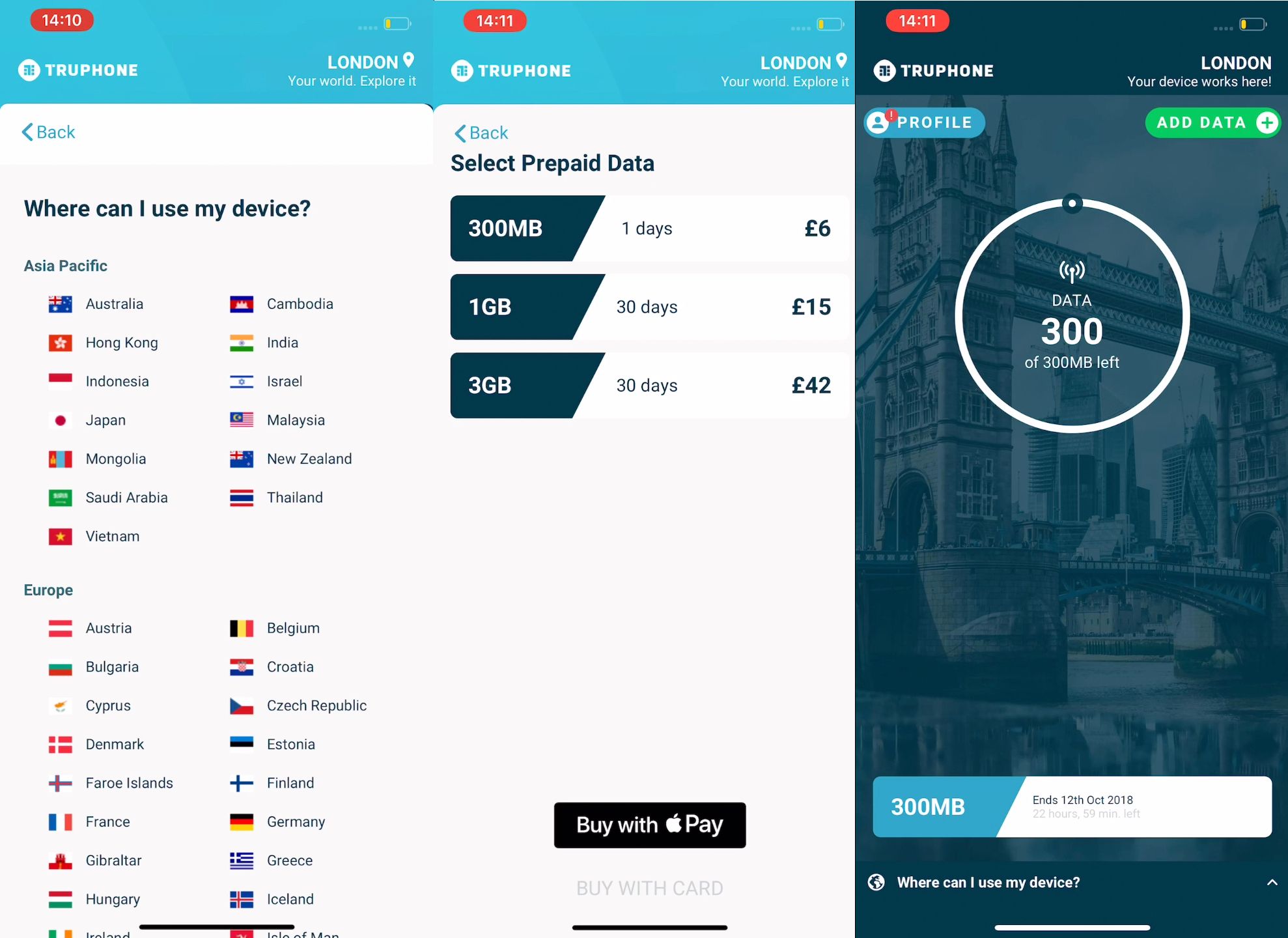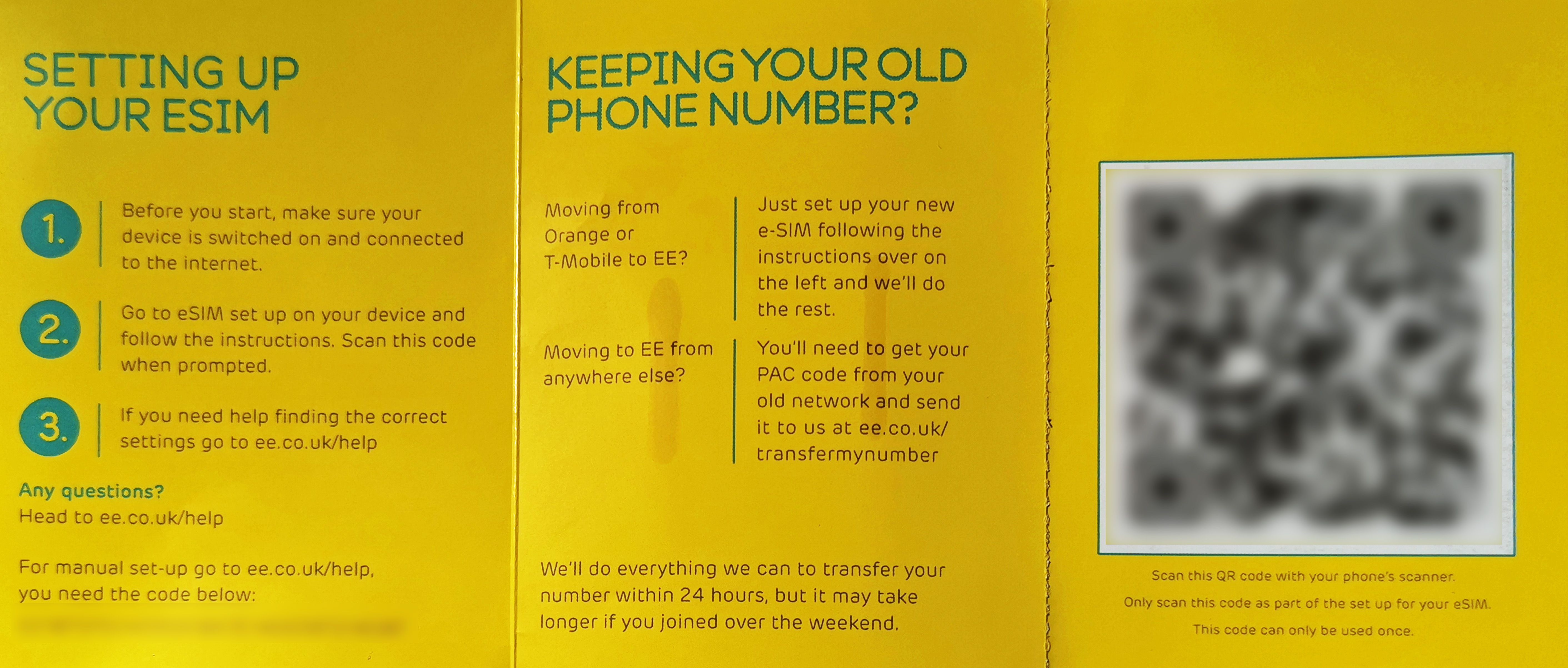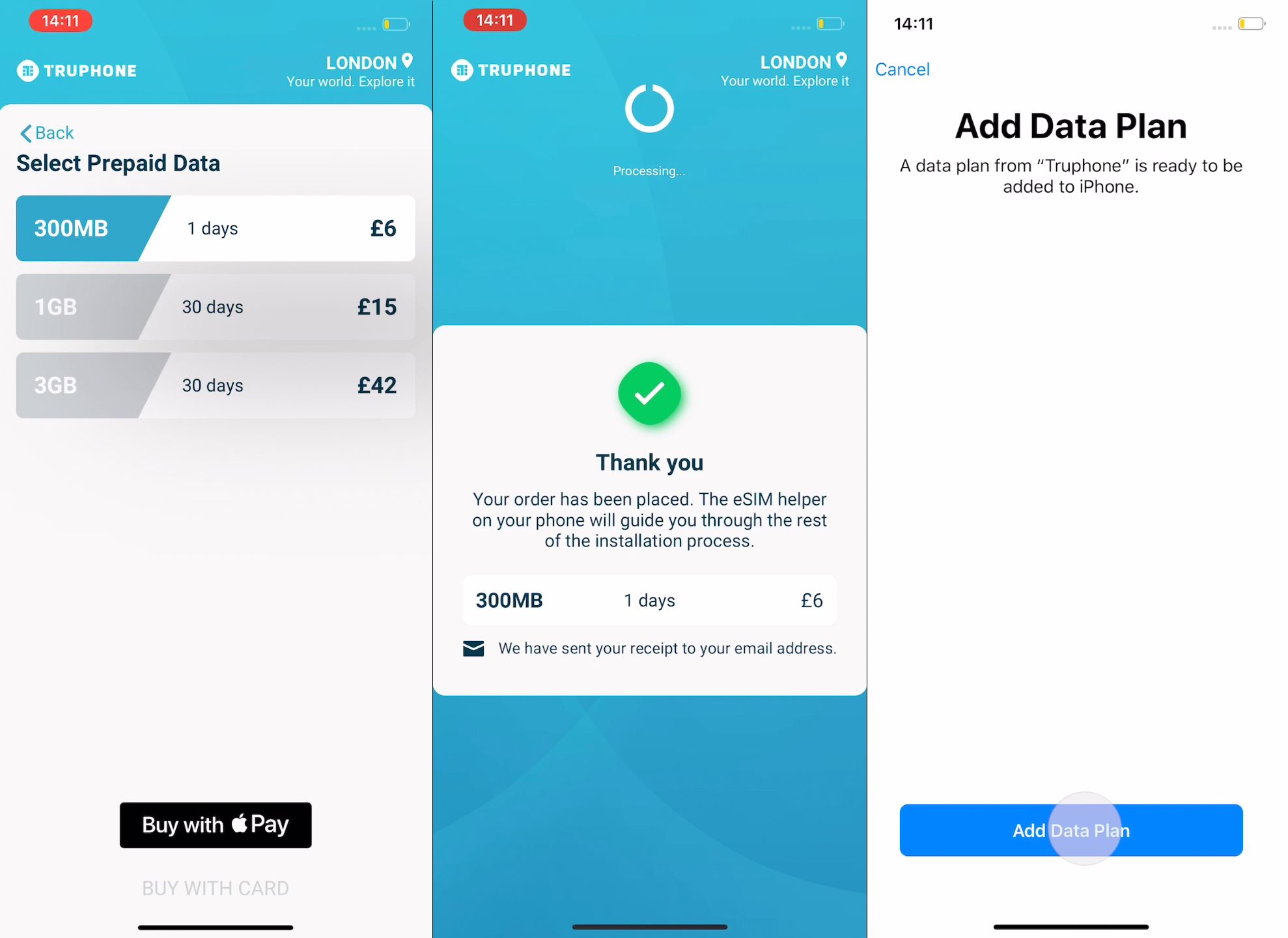Put simply, eSIM, or embedded SIM card, replaces the need for a physical SIM card – and therefore, a SIM card slot – on your device. While the number of devices using it has remained relatively humble, with Apple’s iPhone 14 and iPhone 14 Pro making the jump to eSIM-only in the US, it’s only a matter of time before other smartphone manufacturers follow suit.
Apple wasn’t actually first here – the first completely eSIM-only phone debuted in the form of the first-generation Motorola Razr flip-phone. Until now though, the trend has been for phones to have eSIM support alongside a standard SIM.
In these cases, phones use eSIM as a substitute for a second SIM. That means they still have space for a traditional nano SIM that you use in the normal way, but you can add a second number or data contract via the eSIM – more on that shortly.
The use of eSIM brings a number of advantages to device manufacturers and networks, but there are also some advantages for you, too, since you can have plans from more than one network stored on your eSIM.
For example, you could use one number for business and another number for personal calls or have a data roaming SIM for use in another country. You could even have completely separate voice and data plans.
But what exactly is an eSIM? And what exactly will it offer you? Let us explain more.
What is an eSIM?
The term “eSIM” simply means an embedded SIM card. There are no physical SIM cards involved and no physical swapping over required by you. eSIM needs to be supported by the network or carrier and enabled by them and not all networks support eSIM as yet (see below).
An eSIM is basically a small chip inside your phone and works in a similar way to the NFC chip that’s used for payment tech like Apple Pay and Google Pay.
The information on an eSIM is rewritable, meaning you can decide to change your operator with a simple phone call. They’re really easy to add to a data plan – connecting devices with eSIMs to a mobile account can be done in minutes.
eSIM is backed by the GSMA, the association of mobile networks and that organisation has defined the standard for eSIM worldwide.
Are there any disadvantages to eSIM?
There could be a disadvantage for consumers in terms of choice. If a phone is sold exclusively, it’s possible that all handsets could come pre-loaded with a particular network rather than being open to all.
Also, people can’t easily switch phones with eSIM unless they contact their network. Obviously, that’s not a consideration for most people but for some, it will be offputting.
The days of storing numbers on SIM cards are numbered for most people using Android or iOS thanks to cloud backup, but it does involve a change of mindset for those using older or cheaper phones: you’ll no longer be able to swap a SIM card to a new phone physically.
What devices support eSIM?
Apple‘s iPhone 14 and iPhone 14 Pro are its first eSIM-only phones, at least in the US, following dual SIM support from the iPhone XS onwards. It also uses eSIM in the iPad Pro and every Apple Watch since the Series 2.
Google’s Pixel 2 also supported eSIM but it was originally only used in the US for Google’s Google Fi. Now, every Pixel phone since the Pixel 3 has similarly supported it as an option alongside a regular SIM.
The same is true for Samsung’s Galaxy phones from the S20 series onward.
As we mentioned, eSIM support has also come to the Moto Razr flip phones, and there’s also eSIM support inside Windows 10 and 11. Some devices with cellular modems – such as Snapdragon-powered computers – can use eSIM as an alternative to sticking a traditional nano SIM in the slot.
Oppo boasts the world’s first 5G standalone (SA) compatible eSIM, which was featured in Oppo’s Find X3 Pro phone. This essentially means that eSIM is now able to support the latest 5G networking standards, with lower latency 5G SA networks being rolled out around the world.
What networks support eSIM?
eSIM is available from selected carriers. You’ll either need to have a carrier’s app or a QR Code you can scan. Again, the carrier will need to support eSIM.
In the UK, EE, O2 and Vodafone and Three support eSIM. Normally customers only need to pop into a local store or call customer services to get an eSIM pack or download an eSIM.
Let’s look at EE’s SIM pack. With EE you can get a traditional-looking SIM pack from a store like the one pictured here. But there’s no SIM in it; instead, you get instructions and a QR code enabling your device to pick up the details. Each eSIM pack comes with its own number just like a traditional SIM pack.
In the US, AT&T, T-Mobile USA and Verizon Wireless support eSIM.
Away from the traditional carriers, “global mobile network” Truphone has started selling eSIM data plans. These are able to be bought via the MyTruphone app. Truphone’s international plans work across 80 countries including Europe, the Americas and Australasia.
The app was originally available on iOS only but it is now available on Android for use with Pixel phones.
Ubigi is similar and offers eSIMs for Apple, Android and Windows devices.
eSIM is great for regular travellers
Theoretically, eSIM should mean that you could go to another country and simply add a roaming eSIM to your handset while retaining access to your main “home” number. That’s one of the disadvantages currently because, if you change SIMs abroad, for example, you can’t access your own number.
“eSIMs have the potential to eliminate roaming charges abroad”, says Truphone’s Steve Alder. “It also enables people to switch operators quickly to get connected if they’re in an area with no signal, frees up space for new features or additional battery life and could lower the risk of device theft.
“As consumers and operators begin to see the benefits, mass adoption of eSIMs will be inevitable.”
What does eSIM mean for devices?
One of the advantages it offers phone makers is that we could get smaller devices, or larger batteries because there’s no need to accommodate a SIM card or the tray that holds it. There’s also no need for networks to manufacture or distribute lots of SIM cards.
eSIMs will also be great for other devices like laptops and tablets, where seamless connectivity will become the norm.
Vodafone says that eSIMs will enable more connected devices, simply because eSIMs don’t require so much room inside a device, enabling fitness trackers or even glasses to have standalone 5G connectivity in a way they just weren’t able to before.
How will eSIM work in practice?
When you have a physical and eSIM provisioned and are connected to two separate networks, your iPhone will display both networks on the screen at the same time.
If the handset is in standby and both the SIM and eSIM are provisioned, customers will be able to receive calls and texts on both numbers. As you can see in the instructions below, you can then choose a “default” line that you make calls on, use SMS and that iMessage and FaceTime use. The other line is just for SMS and voice.
Alternatively, you can choose to use the secondary for cellular data only – useful if you’re abroad and using a local data eSIM.
On the eSIM-only iPhone 14 models, you can store up to eight eSIMs, and two can be active at any one time. It works just the same as when you have a physical SIM and an eSIM, except for the fact that there’s no card involved.
How to use eSIM with a compatible iPhone
If you have a QR code:
1. Go to Settings > Cellular.
2. Tap Add Cellular Plan.
3. Use your iPhone to scan the QR code that your carrier provided – you may be asked to enter an activation code.
Here’s what the inside of the EE eSIM pack looks like (obviously we have blurred out the QR code):
Alternatively, you might be asked to activate your eSIM with a carrier app:
1. Go to the App Store and download your carrier’s app.
2. Use the app to purchase a cellular plan.
3. You’ll then Add the Data Plan to your iPhone’s settings – see how that works below.
Here’s how it works in the Truphone app – select the plan you want and pay using Apple Pay. The phone’s Settings app will then pick up the plan so you’ll need to tap Add data plan.
You should also label your plans in Settings > Cellular. Tap the number whose label you want to change. Then tap Cellular Plan Label and select a new label or enter a custom label.
Trending Products

Cooler Master MasterBox Q300L Micro-ATX Tower with Magnetic Design Dust Filter, Transparent Acrylic Side Panel…

ASUS TUF Gaming GT301 ZAKU II Edition ATX mid-Tower Compact case with Tempered Glass Side Panel, Honeycomb Front Panel…

ASUS TUF Gaming GT501 Mid-Tower Computer Case for up to EATX Motherboards with USB 3.0 Front Panel Cases GT501/GRY/WITH…

be quiet! Pure Base 500DX Black, Mid Tower ATX case, ARGB, 3 pre-installed Pure Wings 2, BGW37, tempered glass window

ASUS ROG Strix Helios GX601 White Edition RGB Mid-Tower Computer Case for ATX/EATX Motherboards with tempered glass…













